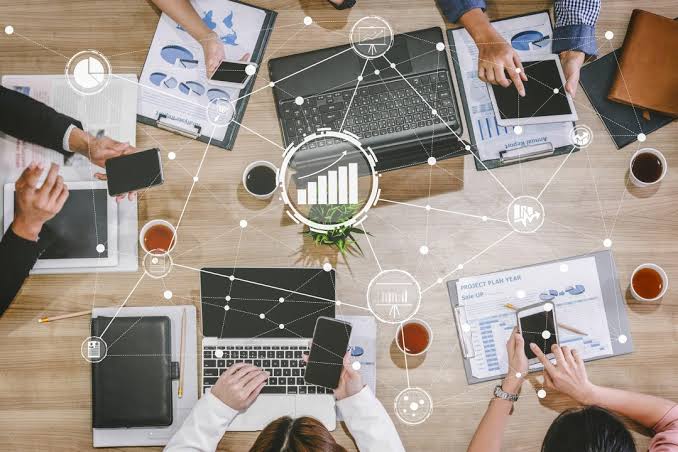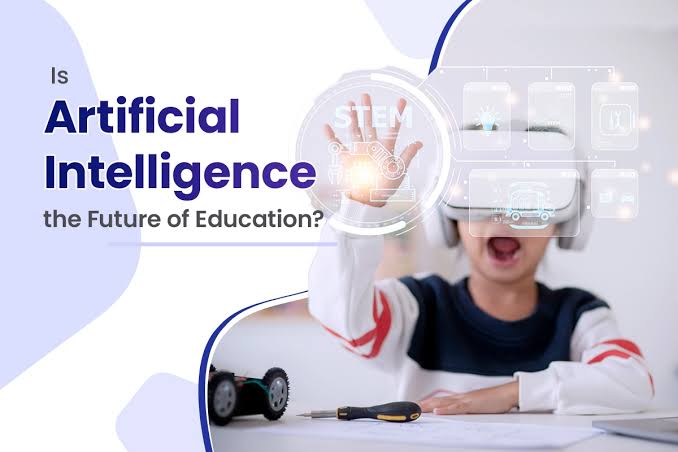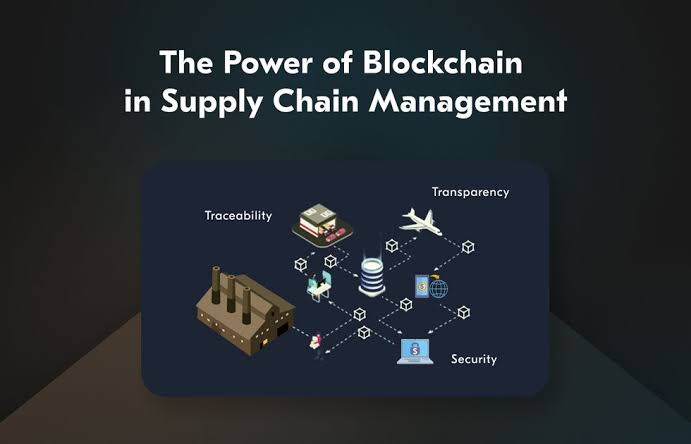Technology, in its ever-evolving forms, has always played a critical role in shaping human progress. But in recent decades—especially with the rapid advancements seen by July 2025—the pace and scale at which it has transformed traditional industries is nothing short of revolutionary. From manufacturing and agriculture to finance, retail, education, and healthcare, age-old systems and workflows have been completely reimagined, often forcing industries to adapt or risk obsolescence.
While this digital disruption presents challenges, it also opens doors to unprecedented efficiency, innovation, and growth. Understanding the depth and breadth of this impact is essential for individuals, businesses, and economies seeking to stay competitive in a rapidly digitized world.
Reinventing Manufacturing Through Automation and AI
Traditional manufacturing was once defined by manual labor and repetitive processes. But with the rise of smart factories powered by automation, artificial intelligence (AI), and the Internet of Things (IoT), the sector has entered the era of Industry 4.0.
Robots now perform high-precision tasks at speeds and accuracies beyond human capability. AI-driven analytics predict equipment failures before they occur, minimizing costly downtime. And digital twins—virtual replicas of real-world machines—enable simulations that enhance design and maintenance without disrupting actual production.
This shift has reduced operational costs and improved product quality. However, it has also led to workforce displacement, requiring massive retraining efforts to align workers with new digital roles.
Agriculture: From Soil to Software
Agriculture, one of the oldest and most traditional industries, is undergoing a high-tech revolution. Precision farming, powered by drones, satellite imaging, IoT sensors, and machine learning, now allows farmers to monitor soil health, crop performance, and weather conditions in real time.
Tractors operate autonomously using GPS. Irrigation systems activate only when sensors detect dry zones. Even livestock tracking is enhanced by biometric sensors and AI surveillance tools.
This tech infusion not only boosts productivity and profitability but also promotes sustainable practices by reducing water usage, minimizing fertilizer runoff, and cutting greenhouse gas emissions. For smallholder farmers, however, affordability and digital literacy remain significant barriers to widespread adoption.
Retail’s Digital Makeover
The retail landscape has perhaps experienced one of the most visible transformations. Brick-and-mortar stores have had to contend with the meteoric rise of e-commerce platforms, mobile shopping apps, and AI-powered recommendation engines.
In-store experiences are now augmented with AR (augmented reality), enabling customers to virtually try on clothes or preview furniture in their homes. Self-checkout systems, smart shelves, and cashier-less stores—pioneered by companies like Amazon—have drastically streamlined shopping.
Behind the scenes, supply chains have become more agile through blockchain verification and predictive analytics, ensuring faster delivery and better stock management. As a result, traditional retailers must constantly innovate to keep pace with tech-savvy consumer expectations.
Finance and the Rise of Fintech
The finance industry, long bound by paper records and face-to-face transactions, has embraced digitization on every front. Fintech startups are disrupting traditional banks by offering faster, more user-friendly, and often cheaper services—from digital wallets and peer-to-peer lending platforms to robo-advisors and cryptocurrency exchanges.
Blockchain technology ensures secure, tamper-proof transactions. AI-driven credit scoring enables microloans to underserved populations. And open banking allows customers to manage all their finances in a single app.
While regulation struggles to keep up, legacy financial institutions are forced to rethink their strategies or risk losing relevance. The challenge lies in maintaining trust and compliance while embracing speed and innovation.
Education: A Shift Beyond the Classroom
Technology has completely redefined the way education is delivered and consumed. The COVID-19 pandemic may have accelerated this shift, but by 2025, virtual learning, online degrees, and digital classrooms are the norm in many parts of the world.
AI-based personalized learning platforms adapt content to individual students’ pace and style. Virtual reality (VR) and simulation tools provide immersive learning experiences in fields like medicine, aviation, and engineering. Blockchain ensures the security and authenticity of academic records.
However, this rapid digitization also risks widening the educational divide between those with access to high-speed internet and those without. Equity, accessibility, and digital literacy remain urgent issues.
Healthcare Goes High-Tech
Few sectors have benefited from technological transformation as much as healthcare. Telemedicine platforms, wearable health trackers, AI diagnostics, and robotic surgeries are reshaping how care is delivered.
Doctors can now remotely monitor patients with chronic conditions. AI algorithms detect diseases like cancer or diabetic retinopathy earlier than traditional methods. Electronic Health Records (EHRs) ensure that patient data is centralized and accessible across institutions.
Despite the remarkable progress, challenges around data privacy, cybersecurity, and ethical concerns about AI in clinical decisions remain. Still, the potential to improve patient outcomes while reducing healthcare costs is undeniable.
Transportation and Mobility Reimagined
Transportation—once dominated by fossil-fueled vehicles and human drivers—is entering a new era driven by electrification, automation, and connectivity. Electric vehicles (EVs) are becoming more affordable and widespread, while autonomous vehicles and drones are redefining last-mile delivery and urban mobility.
Ride-sharing and mobility-as-a-service (MaaS) platforms have reshaped commuting habits in cities. Meanwhile, smart traffic management systems use AI to reduce congestion and emissions.
Rail and freight industries are also seeing AI-led logistics planning and predictive maintenance, resulting in fewer delays and improved efficiency. However, the shift to smart transportation infrastructure demands massive investment and careful urban planning.
Media and Entertainment in the Digital Age
Traditional media—print newspapers, broadcast TV, and physical music albums—has given way to a streaming-first, digital ecosystem. Platforms like Netflix, Spotify, and YouTube dominate, powered by algorithms that tailor content to user preferences.
AI is also being used to generate music, write scripts, and even animate characters, blurring the line between human and machine creativity. Augmented and virtual reality are creating new immersive forms of storytelling, from interactive games to live concerts in the metaverse.
This democratization of content creation empowers individuals but also raises questions about content moderation, misinformation, and the erosion of traditional journalism standards.
Challenges in the Wake of Transformation
While technology is injecting vitality into traditional industries, it brings challenges that cannot be ignored:
- Job Displacement: Automation often leads to reduced demand for certain jobs, increasing the need for re-skilling programs.
- Digital Divide: Unequal access to technology leaves certain regions and demographics behind.
- Privacy and Ethics: Data collection and algorithmic decision-making raise serious concerns about surveillance, consent, and bias.
- Cultural Resistance: Many traditional industries and workforces are slow to change due to institutional inertia or skepticism.
Successfully navigating these obstacles requires a balanced approach that embraces innovation while preserving human dignity and fairness.
Conclusion
The impact of technology on traditional industries is profound, reshaping how goods are made, services are delivered, and people work and live. Though the journey is fraught with challenges, the potential for smarter, more inclusive, and more sustainable practices is immense.
By 2025, it is clear that no industry remains untouched. The winners in this new era will be those that not only adopt technology but also adapt their mindsets, values, and systems to thrive in a rapidly evolving landscape. The fusion of tradition and innovation isn’t just the future—it’s the present.



